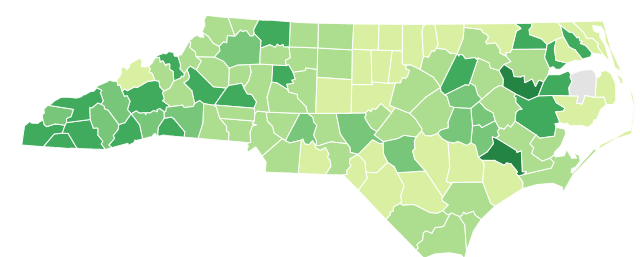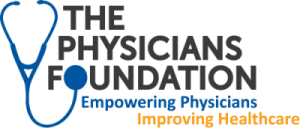Health Workforce Data Visualization Tools
The Program on Health Workforce Research and Policy is pleased to offer a selection of data visualization tools to help you access and understand health workforce data for the United States and for North Carolina.
 Explore North Carolina’s supply of health professionals using our interactive data visualization. You can also download county level data and explore our micro-blog.
Explore North Carolina’s supply of health professionals using our interactive data visualization. You can also download county level data and explore our micro-blog.
Want to know more?
If you are not able to find the health professions data you need on our website, email us at nchealthworkforce@unc.edu.
We operate on a cost recovery basis for data requests. Please send an email to nchealthworkforce@unc.edu describing your data needs and timeline if you are interested in requesting data or analyses.
The FutureDocs Forecasting Tool is an interactive, user-friendly, web-based model that estimates the supply of physicians, use of physician services, and capacity of the physician workforce to meet future use of health services at the sub-state, state and national levels.
The first phase of funding from 2011-2014 enabled the development, implementation and dissemination of the model and its results. The tool is an important and innovative step forward for health care workforce modeling because it is interactive, web-based, and user-friendly. The FutureDocs Forecasting Tool gives users the ability to display different estimates of supply for various specialties, healthcare services use, and shortages or surpluses for many types of services at different geographic levels between 2011 and 2030. The tool also provides the option to implement different scenarios, such as the Affordable Care Act’s insurance exchanges and Medicaid expansion provisions; adjust retirement rates and work effort by physicians; and increase the use of Nurse Practitioners and Physician Assistants to meet the demand for health care services.
A second phase of funding from 2014-2017 allows for the continued maintenance of the model, including an update of the data. This phase also includes a training component to educate practicing physicians and other stakeholders to use data and interpret results for more effective workforce planning.
We are indebted to The Physicians Foundation, without whose support the initial development and continued maintenance of the FutureDocs Forecasting Tool would not have been possible. We are also grateful for the collaboration of the North Carolina Medical Society Foundation, and the guidance of our Clinical Advisory Board members.
Take the model for a test drive, and please let us know what you think! You can access the model, get additional information about the project, and submit feedback to us here.


The DocFlows App is a web-based application to better understand physician diffusion. Users can query, download and share maps showing state to state moves by residents and actively practicing physicians by specialty. The maps show all of the states from which a particular state imports/exports its residents/physicians. The DocFlows App was created using D3, an open-source, JavaScript library. It was developed by the Carolina Health Workforce Research Center with funding from HRSA.
Projecting the Future Supply of Pediatric Subspecialists in the United States 2020-2040 presents a workforce projection model and map that estimate the future supply of pediatric subspecialists in clinical practice in the US from 2020-2040. The model’s supply projections can be viewed in conjunction with other data to provide insight into the future of the pediatric subspecialty workforce and offer data to inform decision-making.
NC Nursecast is the culmination of more than two years of development by the Cecil G. Sheps Center’s Program on Health Workforce Research and Policy with funding from the North Carolina Board of Nursing consisting of two tools:
- The Supply & Demand tool is an interactive, web-based tool that forecasts the future supply and demand for Registered Nurses (RNs) and Licensed Practical Nurses (LPNs) in various practice settings in North Carolina through 2033.
- The Graduate Diffusion tool allows users to explore where nurses go after they have graduated from NC programs and how the patterns of diffusion differ between different types of programs and individual programs

You must be logged in to post a comment.